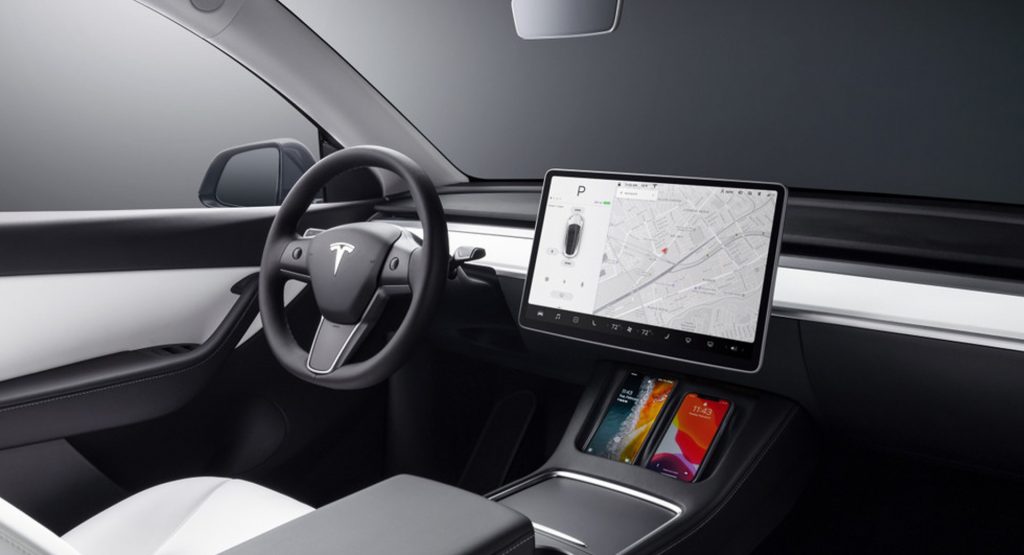Tesla has been under fire for a number of reasons lately but is looking to cut the heat with an upcoming update to its Full Self Driving beta program. In the new update, 10.11, Tesla has addressed recent complaints of phantom braking and added other tweaks. While the update is currently only rolling out to Tesla employees it could make its way to the public by the end of the week.
For the most part, it seems that the update is largely connected to predictive software. Included in those programs are ones that look for what Tesla calls Vulnerable Road Users (VRU). Tesla says that it has “Improved the precision of VRU detections by 44.9%, dramatically reducing spurious false positive pedestrians and bicycles (especially around tar seams, skid marks, and rain drops).”
They go on to say that these updates decrease the incidence of VRU-related slowdowns or in other words, phantom braking. In addition, they worked to reduce the predicted velocity error of motorcycles, wheelchairs, scooters, and pedestrians that are very close to the Tesla by some 63.6 percent.
Read Also: Jason Cammisa Says That Lucid Is Basically Tesla 2.0 From The Ground Up
FSD Beta 10.11 release notes!!! pic.twitter.com/W5VXk2LNjS
— Whole Mars Catalog (Supervised) (@WholeMarsBlog) March 13, 2022
That would suggest that phantom braking incidents could decrease by about half for most users. The update could also diminish or reduce the amount that FSD incorrectly drives towards or into an obstacle. We’ve seen evidence of that in the past and this Tesla update says that it’s “improved control for nearby obstacles by predicting continuous distance to static geometry with the general static obstacle network.”
The brand has also updated a slew of other systems. Open car doors should be more accurately detected and turns should be smoother than ever. Tesla achieves that by utilizing a new optimization-based approach that decides which road lines are irrelevant based on a number of features.
Musk also responded to the excitement about the update saying “if this version performs well, we can probably lower min safety score to 95”. Currently, the only users that can access FSD must have a score of 99 or better. Should that change happen, thousands more drivers will gain access to the software. That in turn would enrich the dataset that Tesla is gathering on how FSD performs in the real world.





